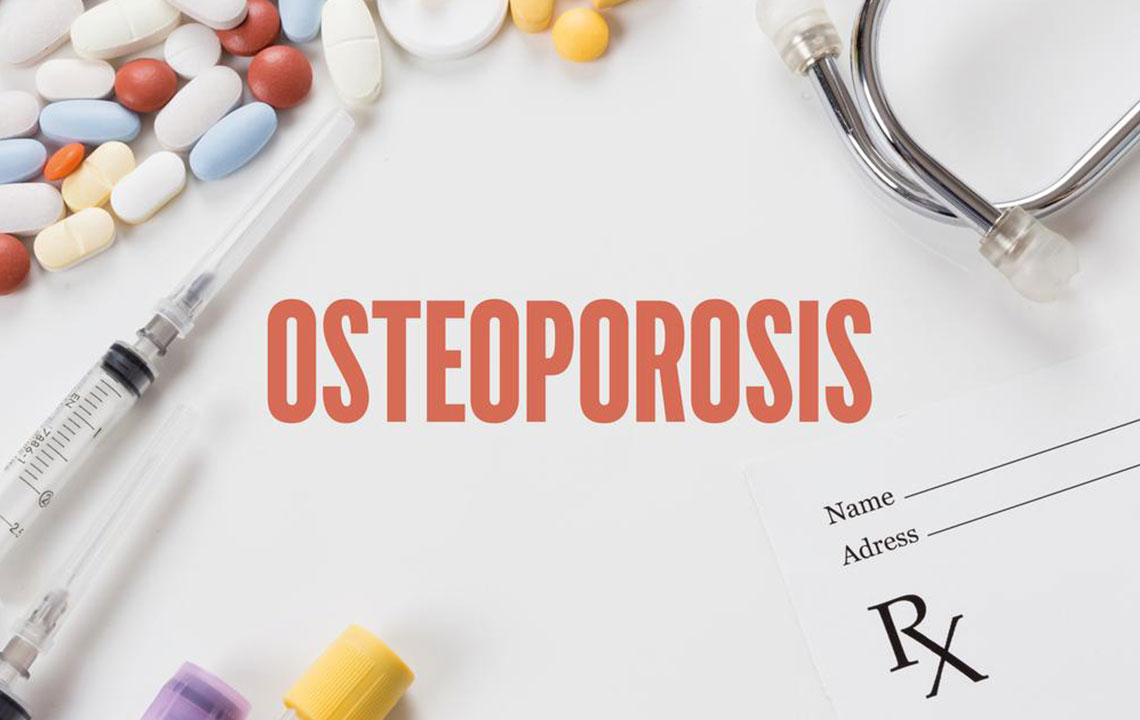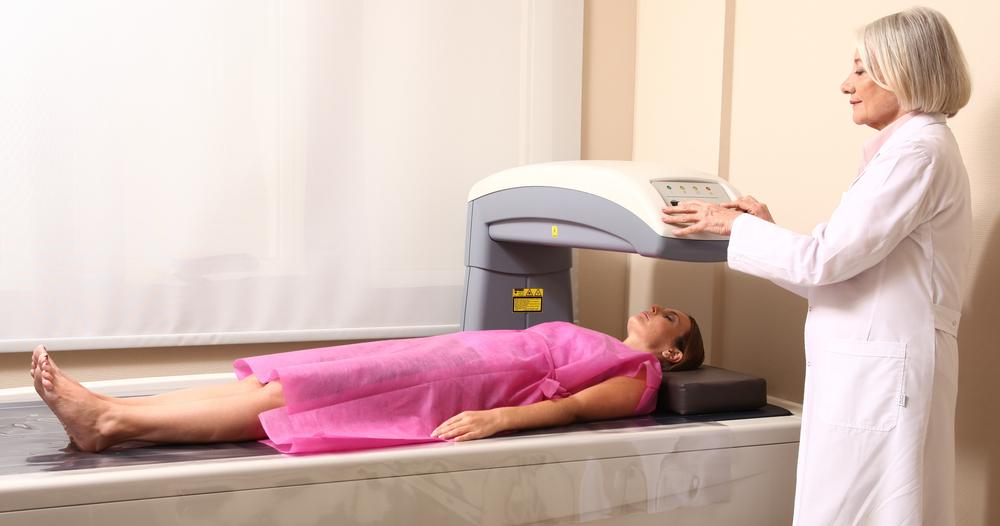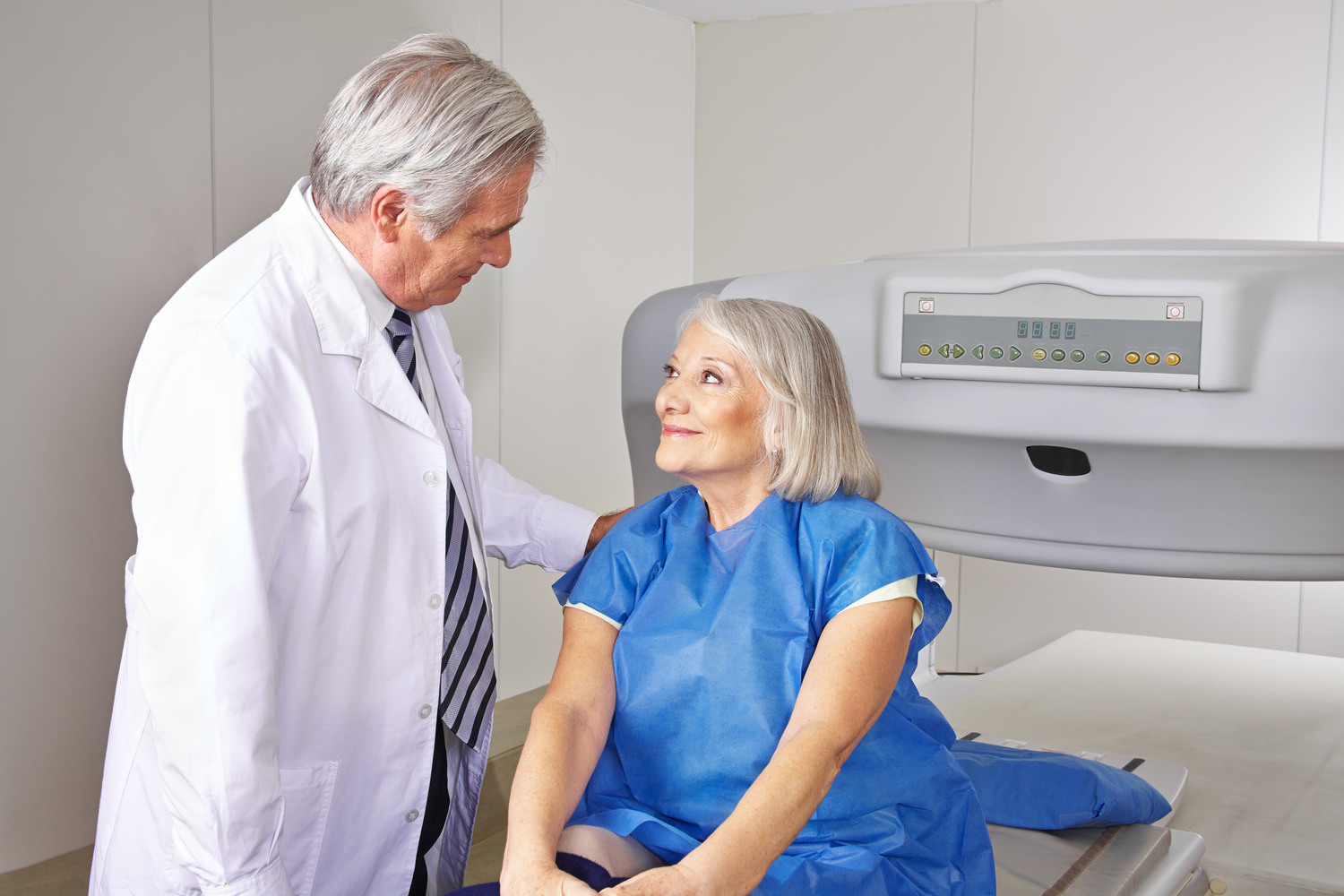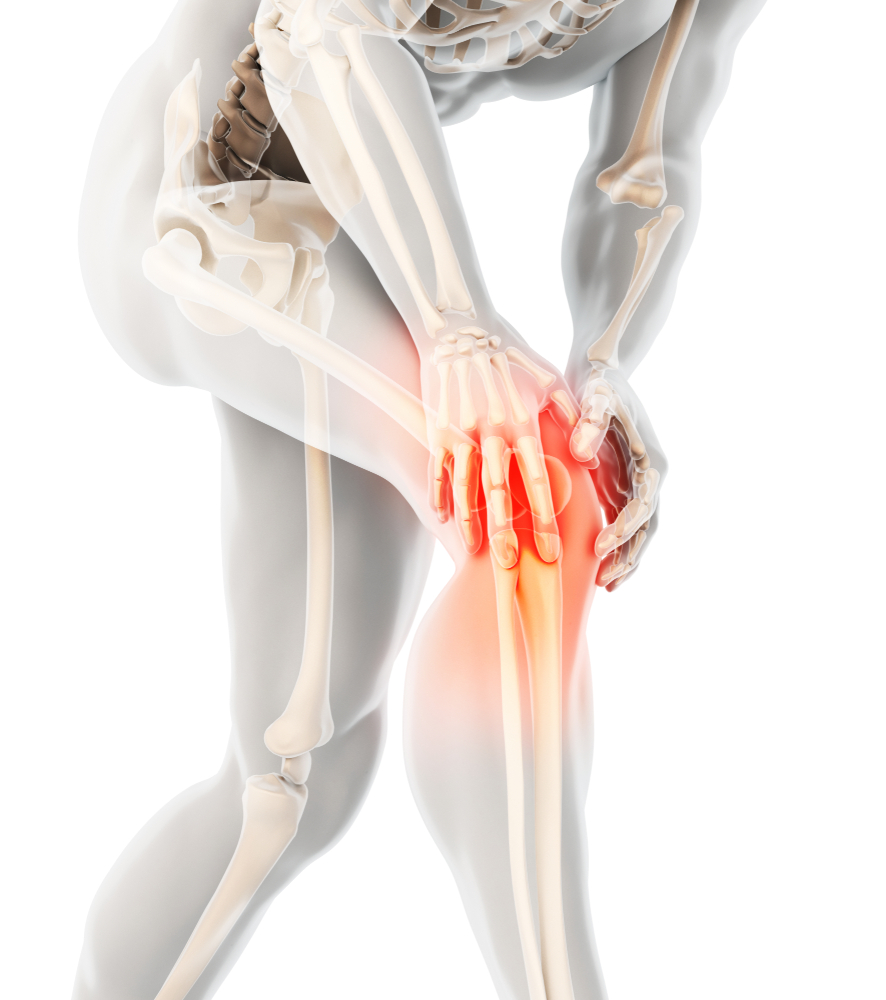Comprehensive Guide to Bone Density Tests: Essential for Osteoporosis Diagnosis and Prevention
This comprehensive article explains the importance of bone density tests in diagnosing osteoporosis, highlighting various screening methods, clinical guidelines, and the role of DXA scans. It emphasizes early detection, risk assessment, and ongoing monitoring to prevent fractures and improve patient outcomes, making the information essential for healthcare providers and at-risk individuals. Aimed at raising awareness, the guide underscores the significance of proactive bone health management to reduce morbidity and enhance quality of life.

Comprehensive Guide to Bone Density Tests: Essential for Osteoporosis Diagnosis and Prevention
Osteoporosis is a silent disease that often progresses without noticeable symptoms until a significant fracture occurs. It is a major health concern affecting millions worldwide, particularly individuals aged 50 and above. In the United States alone, an estimated 44 million adults suffer from low bone mass or osteoporosis, which constitutes more than half of the population within this age group. Such conditions significantly increase the risk of fractures, especially in the spine, hips, and wrists, leading to chronic pain, deformities, reduced quality of life, and even increased mortality rates. The impact of osteoporotic fractures is profound, with many patients unable to regain full mobility, resulting in long-term dependence on healthcare services and considerable emotional and financial burdens.
The significance of early detection and management of osteoporosis is underscored in key health reports. The Surgeon General’s “Report on Bone Health and Osteoporosis” emphasizes the importance of proactive screening to prevent fractures and related complications. Similarly, the National Osteoporosis Foundation’s (NOF) “Physician’s Guide to Prevention and Treatment of Osteoporosis” advocates for the routine use of bone mineral density (BMD) testing as a cornerstone in the diagnosis and management of osteoporosis. These authoritative guidelines highlight that timely diagnosis through BMD testing can identify individuals at increased risk even before fractures occur, enabling early intervention and tailored treatment plans.
Bone mineral density testing is recommended especially for populations known to be at higher risk, such as postmenopausal women, older adults, individuals with a family history of osteoporosis, those with certain chronic illnesses, or people on long-term corticosteroid therapy. The results from these tests not only confirm the presence of decreased bone density but also help determine the fracture risk level, guiding clinicians in making informed treatment decisions. Accurate diagnosis is essential for initiating preventative measures—such as lifestyle modifications, pharmacotherapy, and nutritional support—that can fortify bones and reduce the likelihood of fractures.
Monitoring changes in bone density over time is vital for evaluating treatment effectiveness and disease progression. Repeat BMD testing provides valuable clinical insights, enabling healthcare providers to adjust treatment strategies accordingly. For precise diagnosis and tracking, dual-energy X-ray absorptiometry (DXA) scans are considered the gold standard. These scans are performed on critical sites such as the spine, hip, or forearm, providing high-precision measurements with minimal radiation exposure.
DXA scans yield results expressed as a T-score, which compares an individual’s bone mineral density to that of a healthy young adult. The World Health Organization (WHO) classifies postmenopausal women’s bone density as normal, osteopenic (low bone mass), or osteoporotic based on these scores. Understanding these classifications allows clinicians to identify individuals at higher risk and implement appropriate preventative or therapeutic interventions. Standardized assessment protocols integrate T-score results with other clinical fracture risk factors, facilitating cost-effective and personalized treatment plans that improve patient outcomes.
In summary, bone density testing is a crucial element in the fight against osteoporosis. It aids in early diagnosis, risk stratification, and monitoring of disease progression. As osteoporosis represents a significant public health challenge, widespread screening, especially among vulnerable populations, can markedly reduce the burden of fractures and enhance quality of life. Advances in imaging technology continue to improve the accuracy, safety, and accessibility of BMD testing, ensuring more individuals receive timely detection and intervention to maintain healthy bones throughout their lives.





